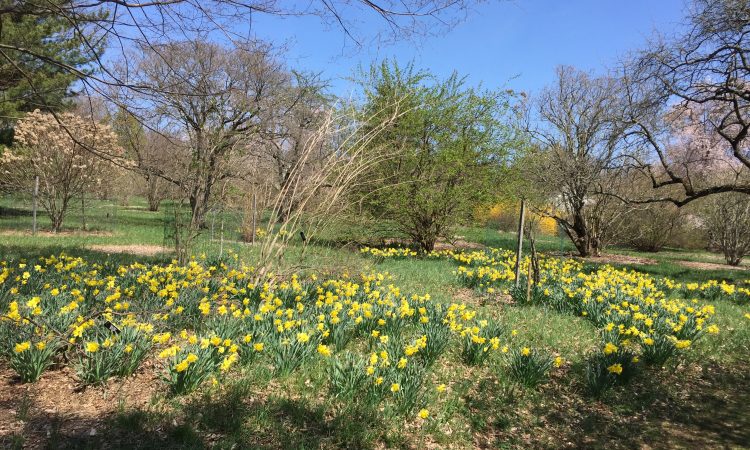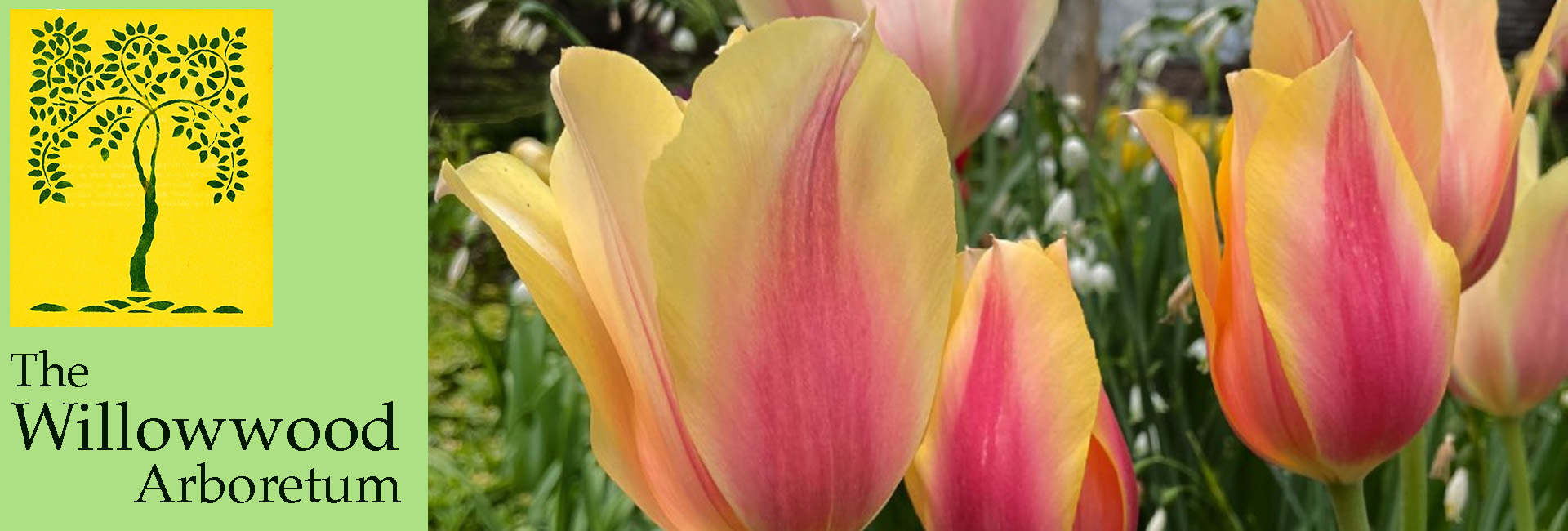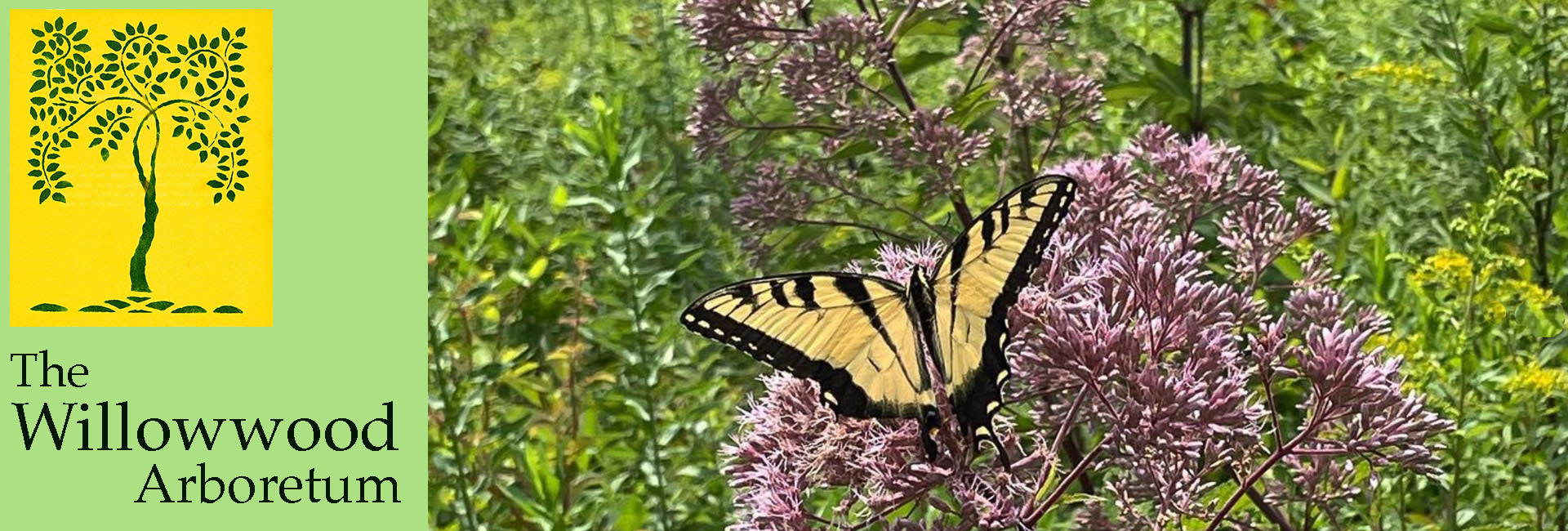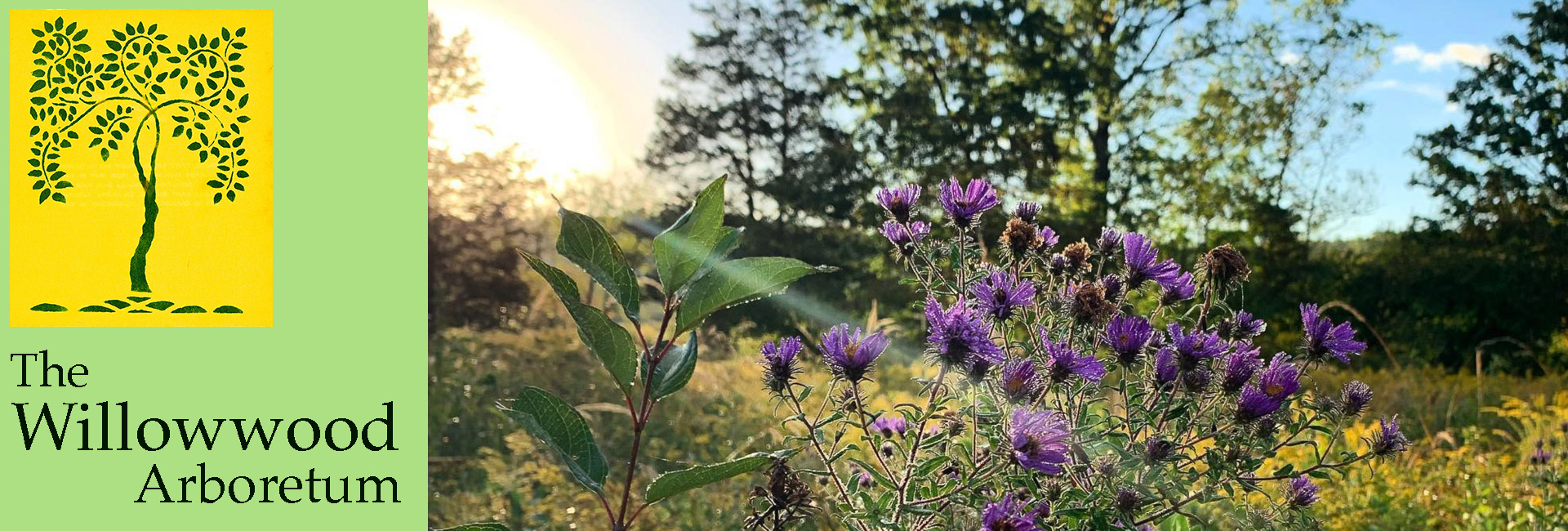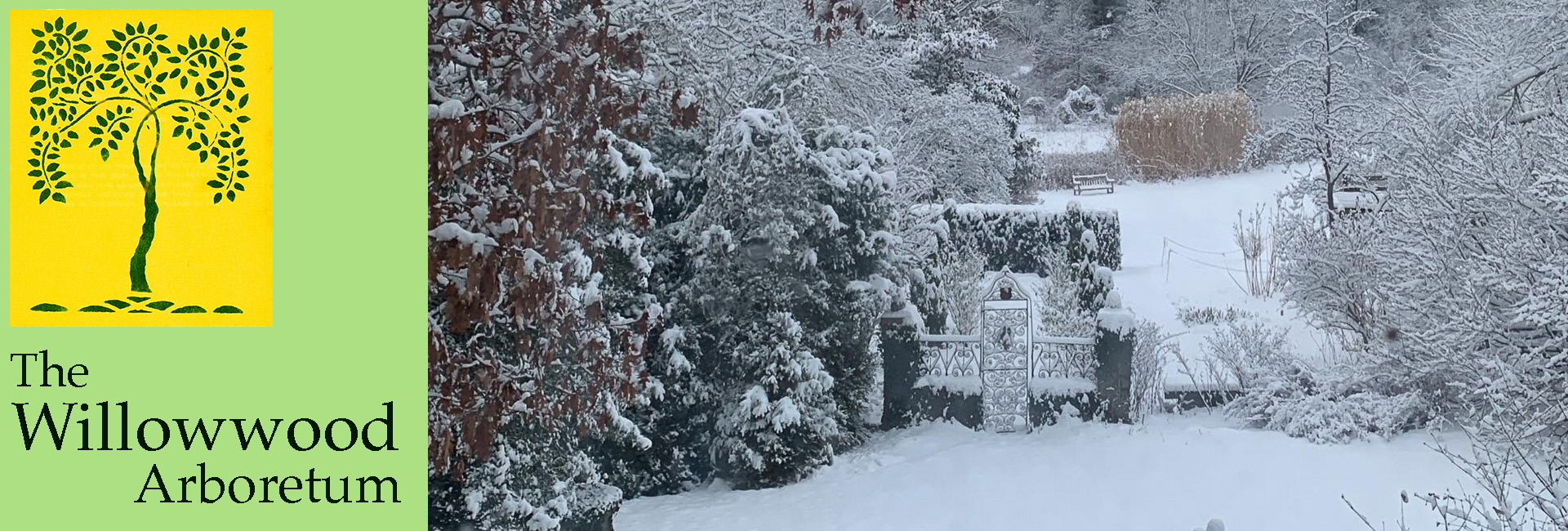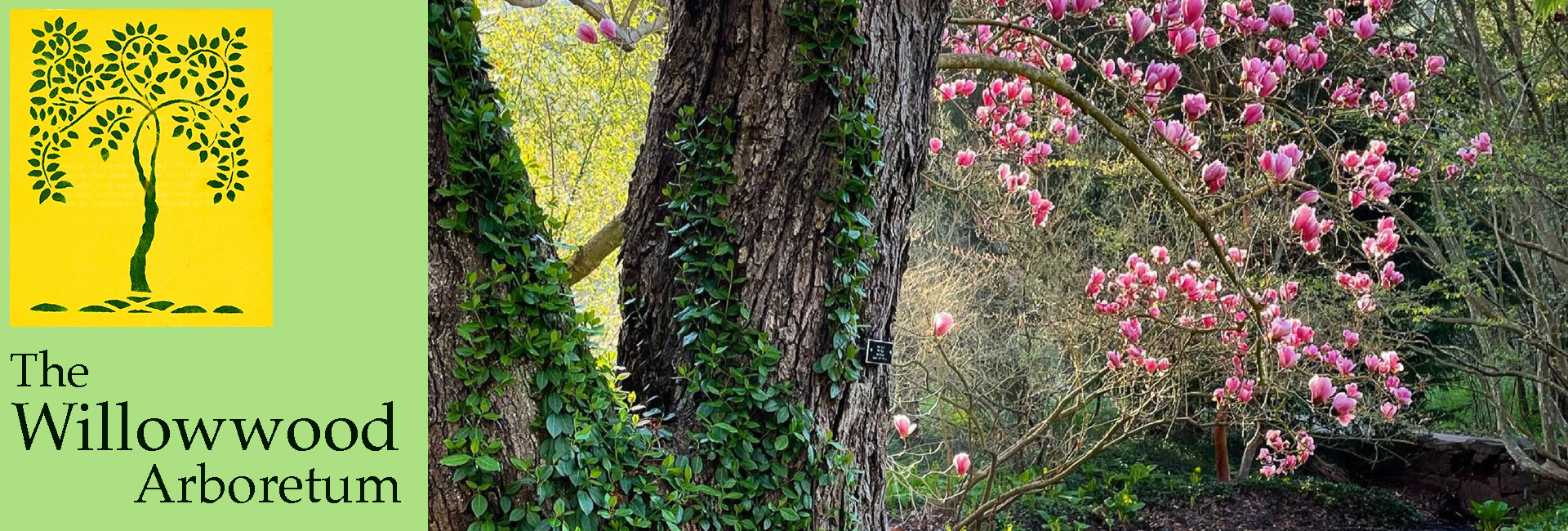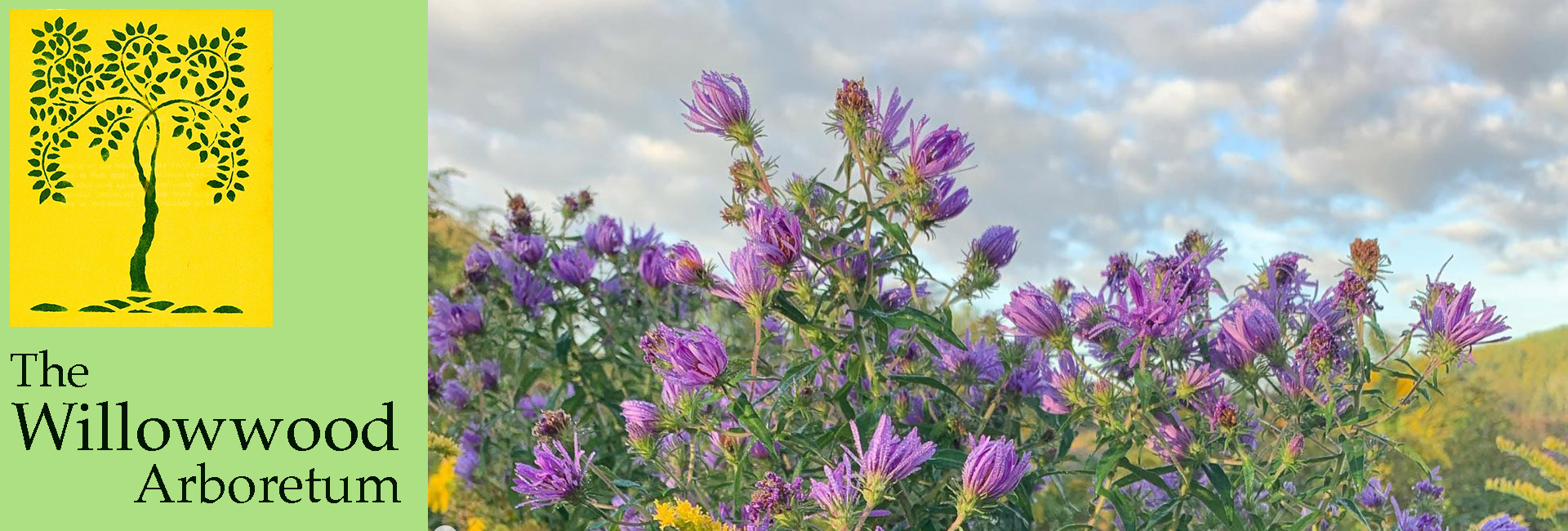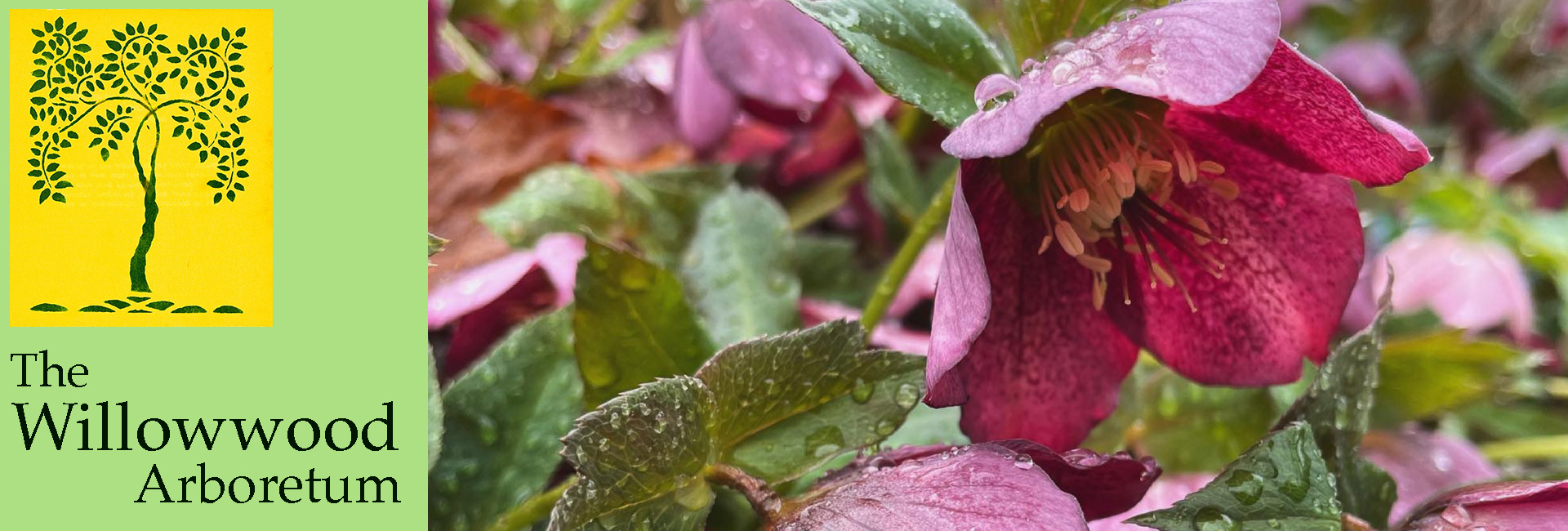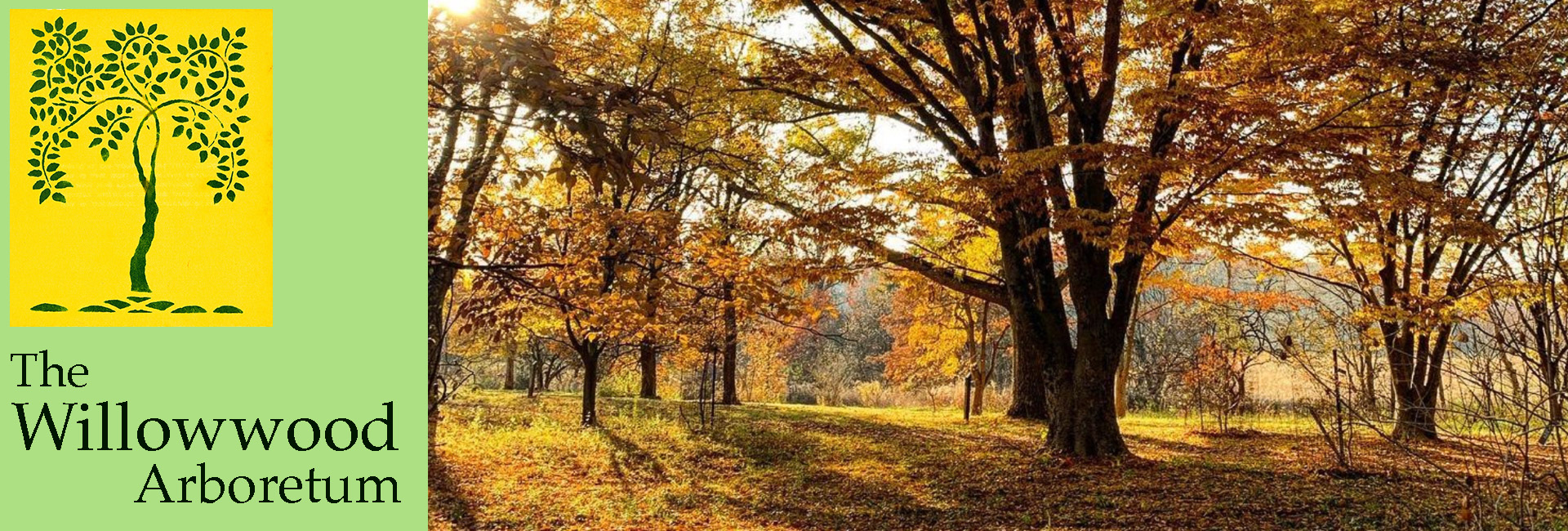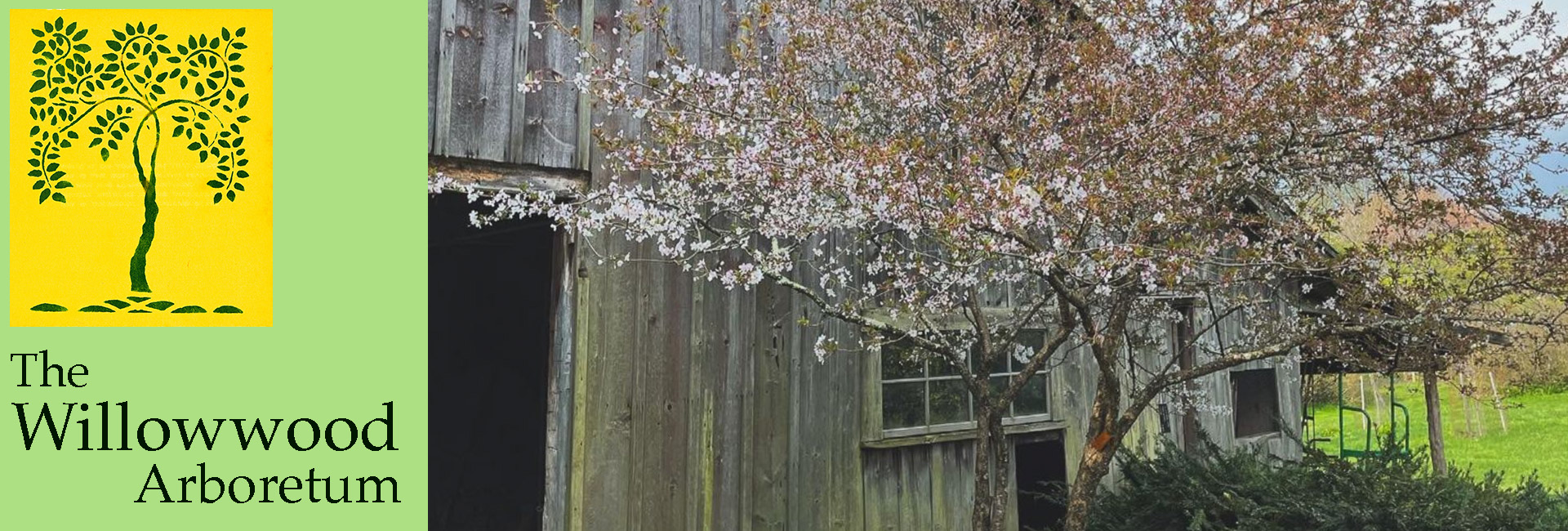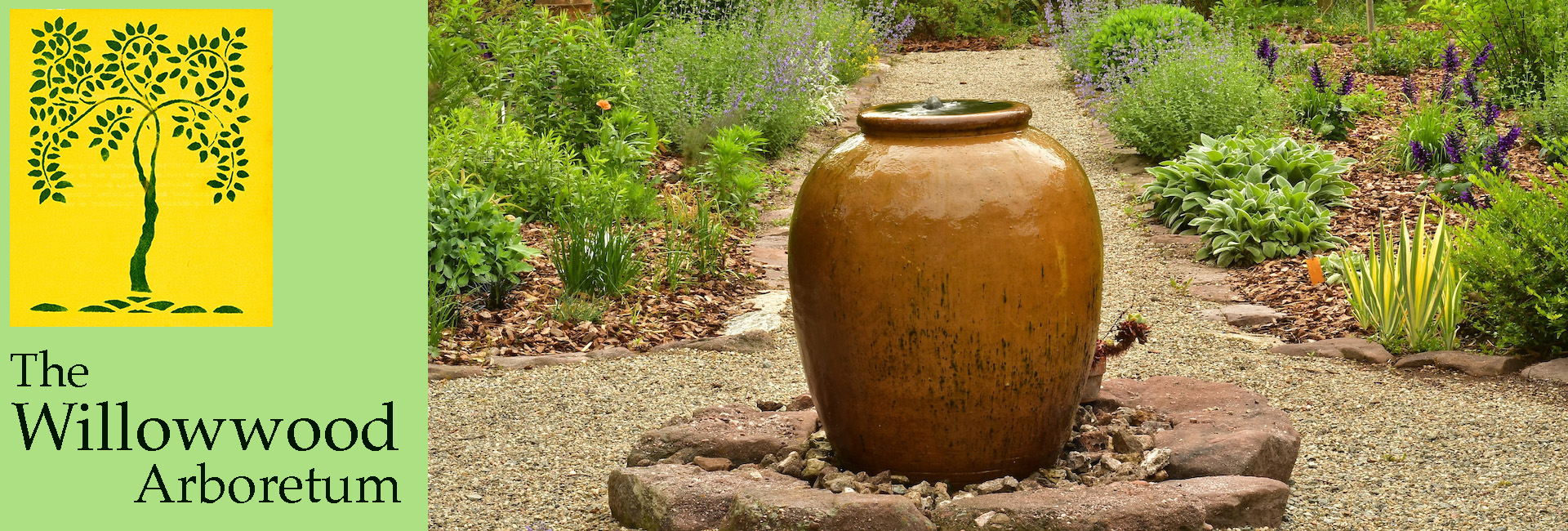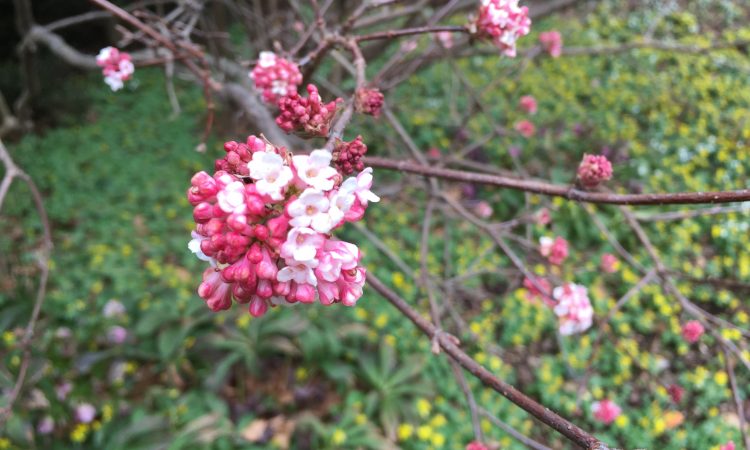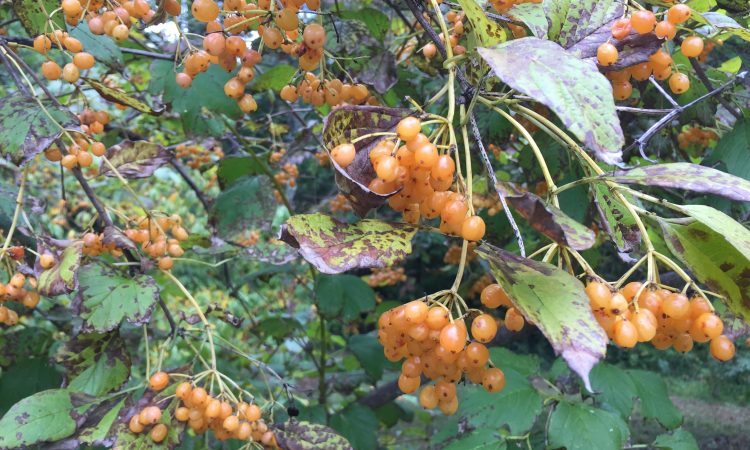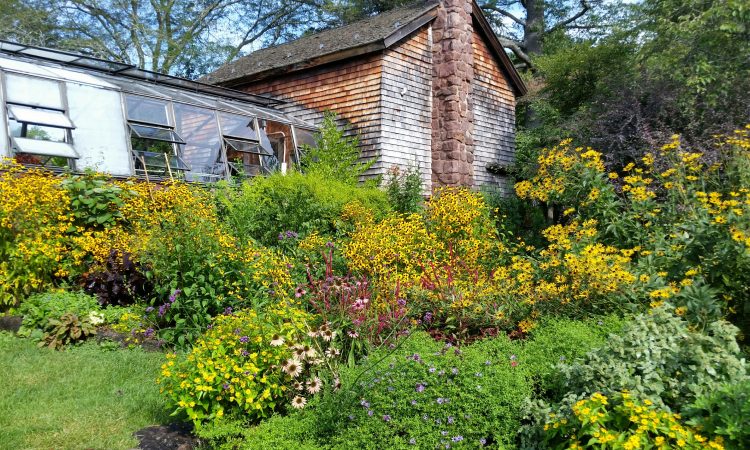Cool, wet weather in March slowed down our spring explosion, but activity in the gardens and landscape is starting to heat up again. The long range forecast for the week is sun and warmth! Daffodils (Narcissus sp.) are poised to be a prime attraction during the next couple of weeks and Willowwood’s collection contains over 40 cultivars. Over 1000 ‘Pistachio’ bulbs – a trumpet daffodil were planted last Fall to add to the collection! These happy yellow first signs of Spring range from dainty, solo flowers to clusters of thousands of blooms. Glory-of-the-snow (Chionodoxa luciliae) complements the daffodils and delights with sweeps of bright blue. The swelling buds of magnolias (Magnolia sp.) and cherries (Prunus sp.) promise more even more color in the coming weeks. Take a walk through the Orchard, Woodwalk, and Hillside Pasture to see these signs of spring and much more.
Be sure to walk by the propagation house and peek through the glass for a glimpse of pansies, violas, and numerous annuals being readied for the spring and summer seasons!
